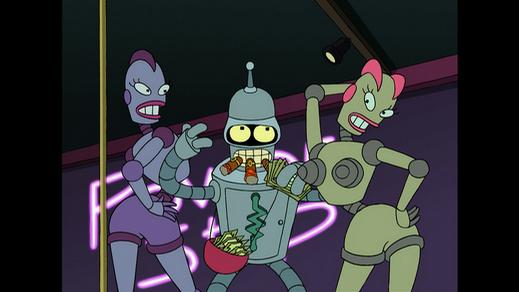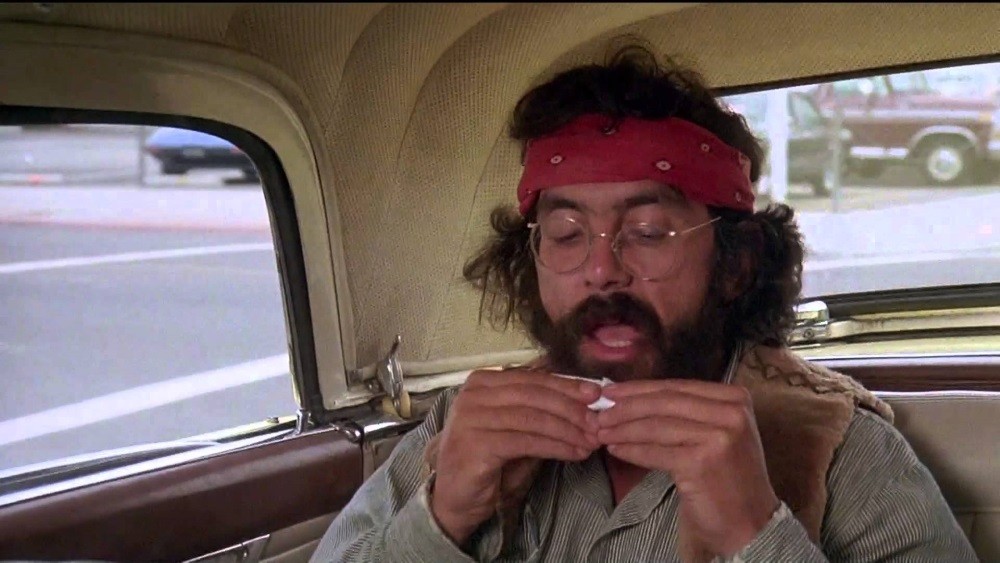dawson
Well-known member
:: TRIGGER WARNING ::
RUSSIAN MUFF KNOBS USED
I couldn't help but be curious about this fuzz the moment I saw it- it's a bit mysterious.
"PedalPCB Original Fuzz" is the only description you get on the store page- I figured it's got to be pretty good, coming from somebody who's traced and laid out a billion other fuzz pedals.. I would always just scroll past it since I have more fuzz pedals than I use already, but due to constant praise and recommendation of this circuit on the forum, I decided to build it out, along with a couple other highly recommended circuits (I build in batches.)
Here it is:


^You can see where I re-worked a couple resistors. I seated a 100k & a 10k in the wrong spots and had to swap them.. that's what I get for populating PCB's in the middle of the night.
It sounds much better now than it did before the circuit was assembled correctly and is a pretty cool-sounding fuzz with a wide range of tones. I look forward to trying it with different guitars, because although I can tell that it's got a lot of potential, it's really not jiving too great with my main instrument right now (Reverend Descent Baritone.)
The Acid Rain just cleans up too quick for it! I plugged in and was just getting boost/light overdrive tones and thinking "WTF?" until I realized I was cutting the signal with the BASS CONTOUR knob on the guitar.. in other words, I can't effectively EQ the guitar without losing that sweet, sweet gain. *As I'm writing this, I'm thinking, "maybe hit it with a pre-boost or a little pre-drive?" I'll report back after I give that a try, but as of now, the PPCB Scarab will remain the only fuzz in the SCHMORG.
The graphic was made using the vector tools in PhotoShop and etched with ferrich chloride, as always.
I know there are some knob purists around here who may block my profile after seeing these SmallBear reissue knobs on a non-Big Muff circuit.. but I bought a lot of them in a panic when SB was "closing," and they look really, really cool.
It's got a red 8mm LED sitting on top of 2 lime green 3mm LED's:

If you're wondering WTF is wrong with this guy who thinks it's okay to build upside-down pedals with no pants on, this thread may answer a question or two:
SCHMORG
RUSSIAN MUFF KNOBS USED
I couldn't help but be curious about this fuzz the moment I saw it- it's a bit mysterious.
"PedalPCB Original Fuzz" is the only description you get on the store page- I figured it's got to be pretty good, coming from somebody who's traced and laid out a billion other fuzz pedals.. I would always just scroll past it since I have more fuzz pedals than I use already, but due to constant praise and recommendation of this circuit on the forum, I decided to build it out, along with a couple other highly recommended circuits (I build in batches.)
Here it is:


^You can see where I re-worked a couple resistors. I seated a 100k & a 10k in the wrong spots and had to swap them.. that's what I get for populating PCB's in the middle of the night.
It sounds much better now than it did before the circuit was assembled correctly and is a pretty cool-sounding fuzz with a wide range of tones. I look forward to trying it with different guitars, because although I can tell that it's got a lot of potential, it's really not jiving too great with my main instrument right now (Reverend Descent Baritone.)
The Acid Rain just cleans up too quick for it! I plugged in and was just getting boost/light overdrive tones and thinking "WTF?" until I realized I was cutting the signal with the BASS CONTOUR knob on the guitar.. in other words, I can't effectively EQ the guitar without losing that sweet, sweet gain. *As I'm writing this, I'm thinking, "maybe hit it with a pre-boost or a little pre-drive?" I'll report back after I give that a try, but as of now, the PPCB Scarab will remain the only fuzz in the SCHMORG.
The graphic was made using the vector tools in PhotoShop and etched with ferrich chloride, as always.
I know there are some knob purists around here who may block my profile after seeing these SmallBear reissue knobs on a non-Big Muff circuit.. but I bought a lot of them in a panic when SB was "closing," and they look really, really cool.
It's got a red 8mm LED sitting on top of 2 lime green 3mm LED's:

If you're wondering WTF is wrong with this guy who thinks it's okay to build upside-down pedals with no pants on, this thread may answer a question or two:
SCHMORG



